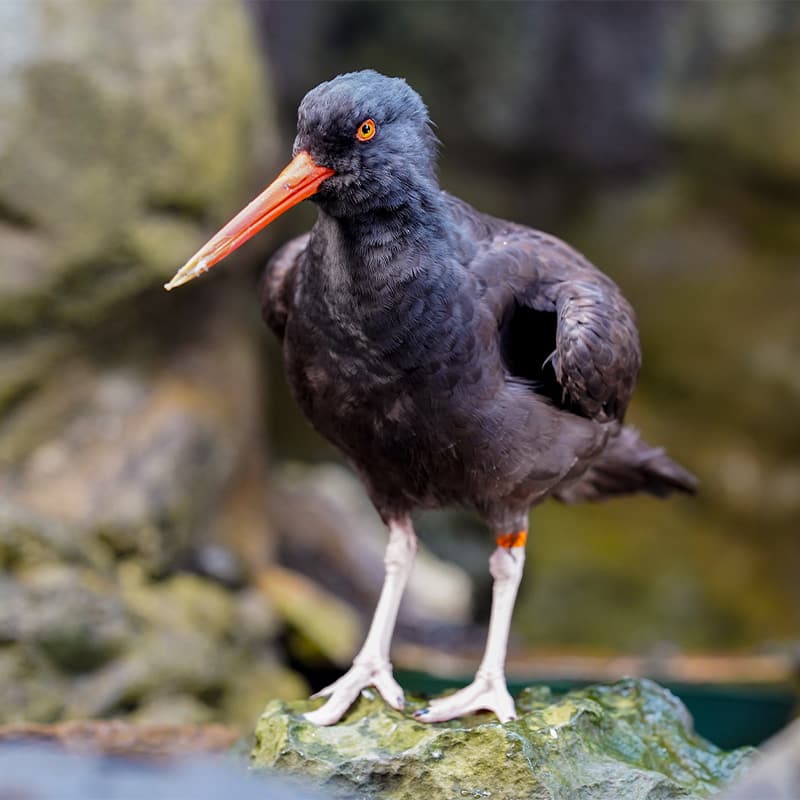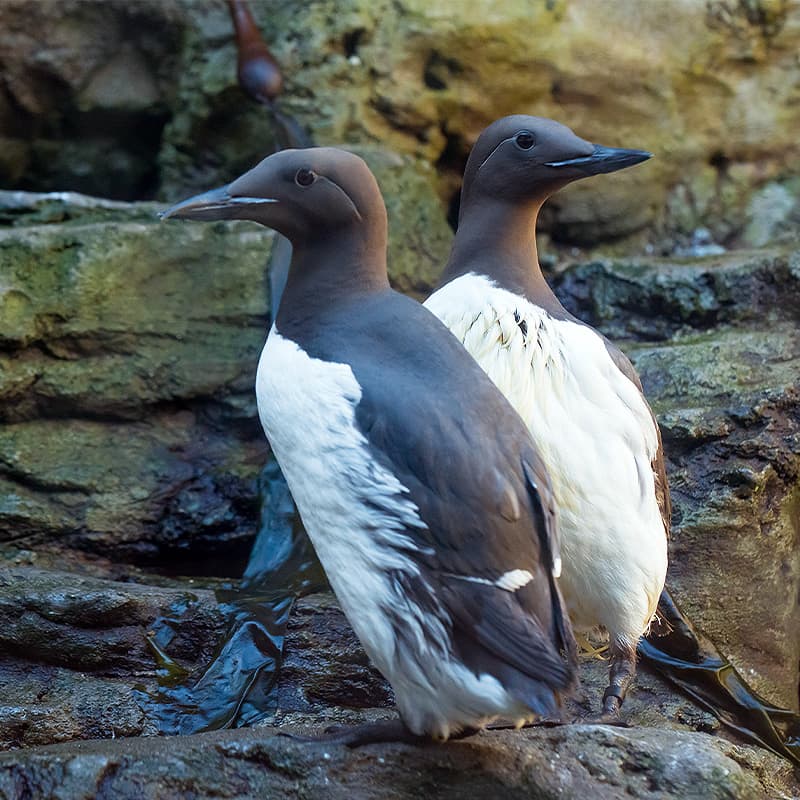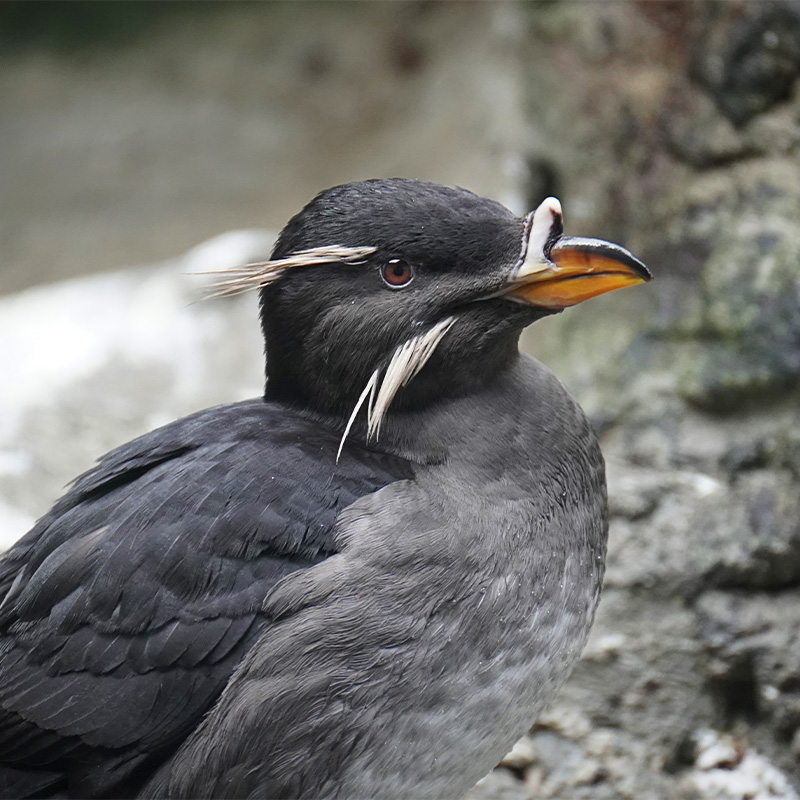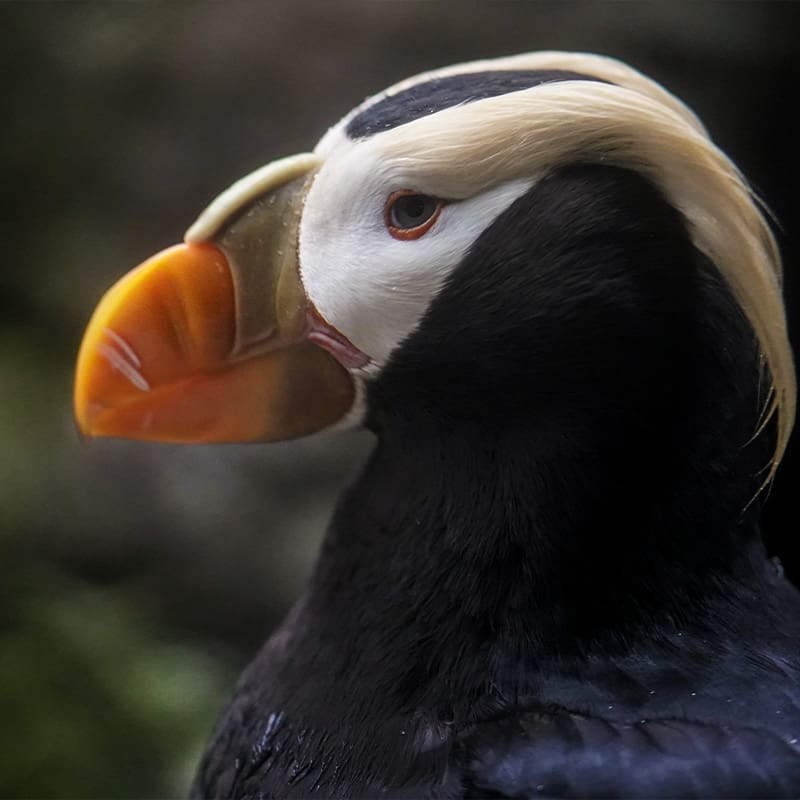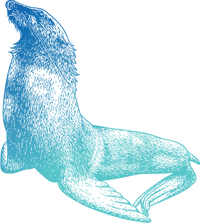- Birds
Western snowy plover
A teeny bird with a tiny population
The western snowy plover, Charadrius nivosus, grows to just six inches long at adulthood, and weighs in at less than two ounces—roughly equivalent to two slices of sandwich bread! That’s not the only thing that’s small about this species: As of 2021, their population in Washington state consisted of less than 100 adults. Keep reading to learn how you can help these charming, fascinating birds.
At the Aquarium
- Bird habitats, Pier 60
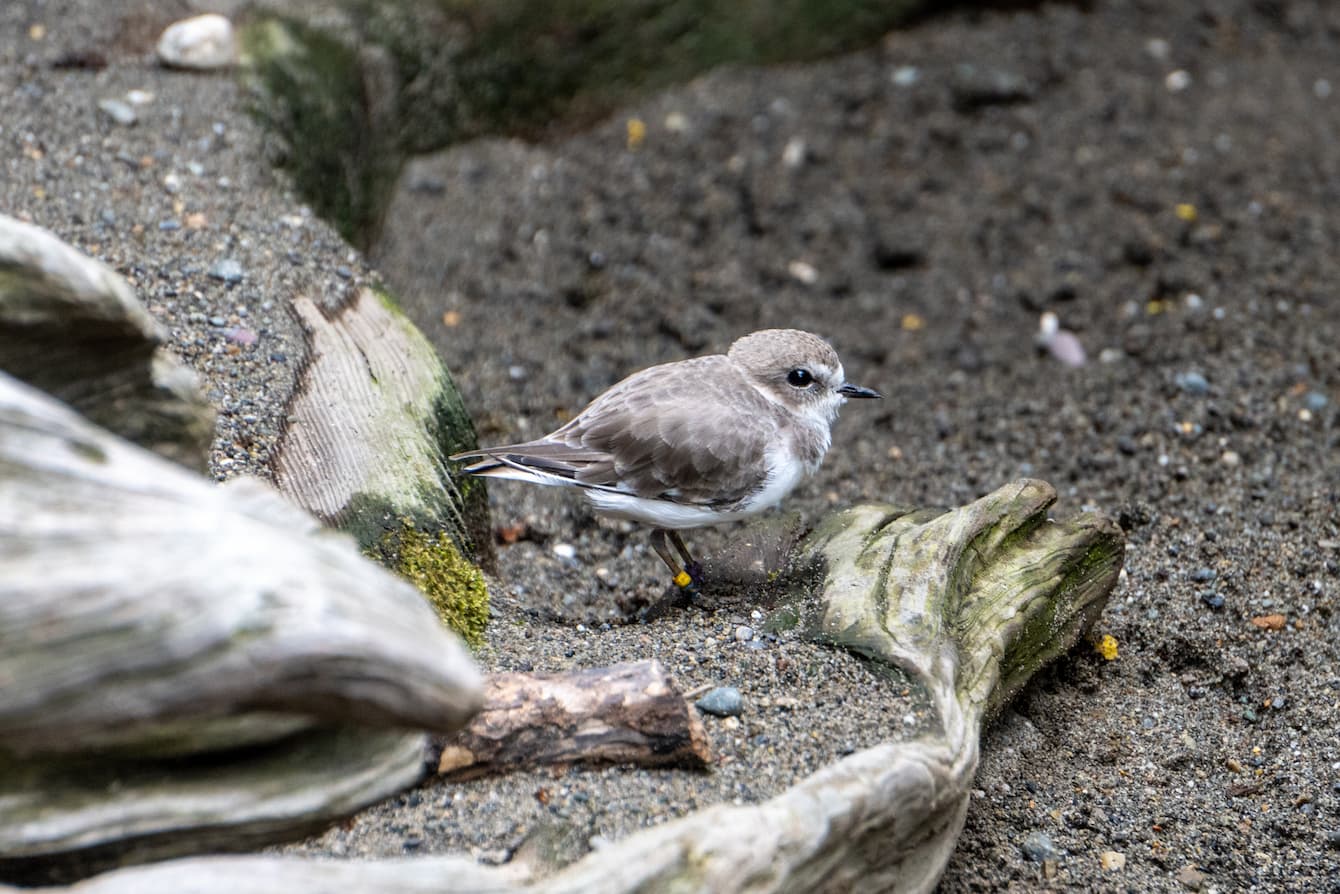
Birds of a (changing) feather
Western snowy plovers have pale brown/grayish bodies with white undersides, and black bills. They’re found year-round along the Pacific coast, from Washington state to northwest Mexico, as well as on the coast of south Texas. Some head to inland locations during their breeding season, from May to September. That season also brings changes to their appearance: both males and females sport a black stripe above their eyes, near their ears and along their necks, although these markings are less distinct on females.
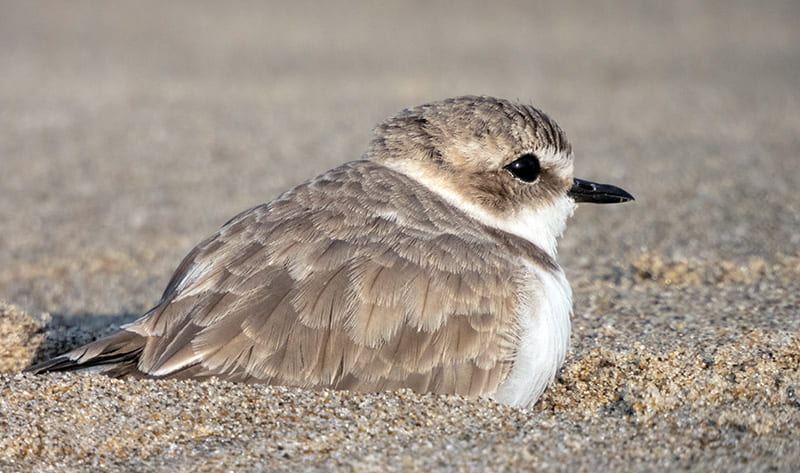
Now you see me, now you don’t
Perhaps the best way to spot western snowy plovers on the beach is when they’re running in quick bursts along the sand, foraging for prey including insects, marine worms, crustaceans and invertebrates. At a standstill, they can be difficult to see because they blend in so successfully with the landscape. If the birds themselves are hard to see, their nests—shallow depressions in dry sand, often lined with pebbles and pieces of shell, driftwood and kelp—are even harder. And the sandy-colored eggs inside can be nearly invisible to human eyes. (The easiest way of all to see a western snowy plover? With a visit to the Seattle Aquarium!)
Chicks off the old block
Female western snowy plovers typically lay a clutch of two to six eggs, which incubate for 26–33 days. After hatching, snowy plover chicks are able to leave the nest to forage on their own within three hours. They’re tended by both parents or the male alone: this species is polyandrous, which means that females may mate with more than one male during the breeding season. Female western snowy plovers may have up to three broods of chicks in a single season.
The disappearing bird that’s…disappearing
Western snowy plovers have many natural predators, including coyotes, raccoons, falcons, owls and more. But humans are primarily responsible for their population decline. Their fragile nests are easily disturbed by people, vehicles and dogs on the beach. And their nesting sites are vulnerable to development by humans. The species has listed under the Endangered Species Act since 1993 due to low population and decreased habitat, and numbers are still declining.
You can help save the snowy plover
Humans are causing significant problems for this species, and we can be an important part of the solution. Sharing the beach is a great first step—some beaches/parks have guidelines for visitors on their websites, so checking ahead is always a good idea. Speaking of steps, take them watchfully just in case there’s a nest with a clutch of eggs underfoot. Even better is to stay below the tide line to minimize disturbance of nesting sites. Keep pets leashed and avoid driving your vehicle on the beach. Small actions can make a big difference for these tiny, vulnerable birds! Visit our Act for the Ocean page to learn more about how to help animals on shore and in the ocean.
Quick facts
These teeny birds weigh less than two ounces!
Their brown and gray markings help them blend in on the sandy beaches where they make their homes.
Chicks are able to leave their nest within three hours of hatching.
